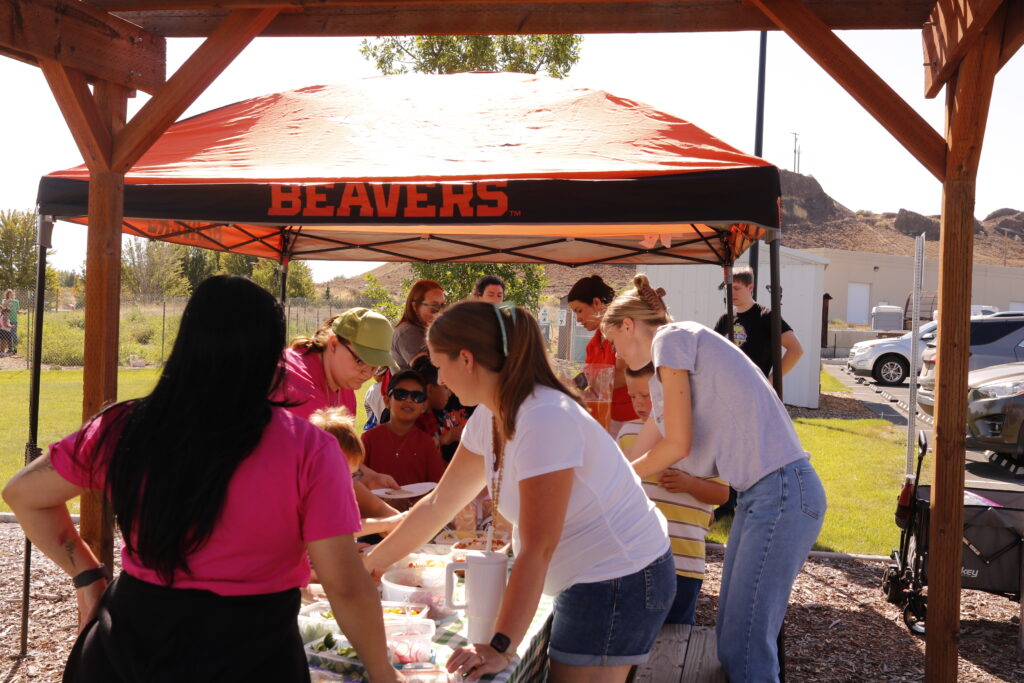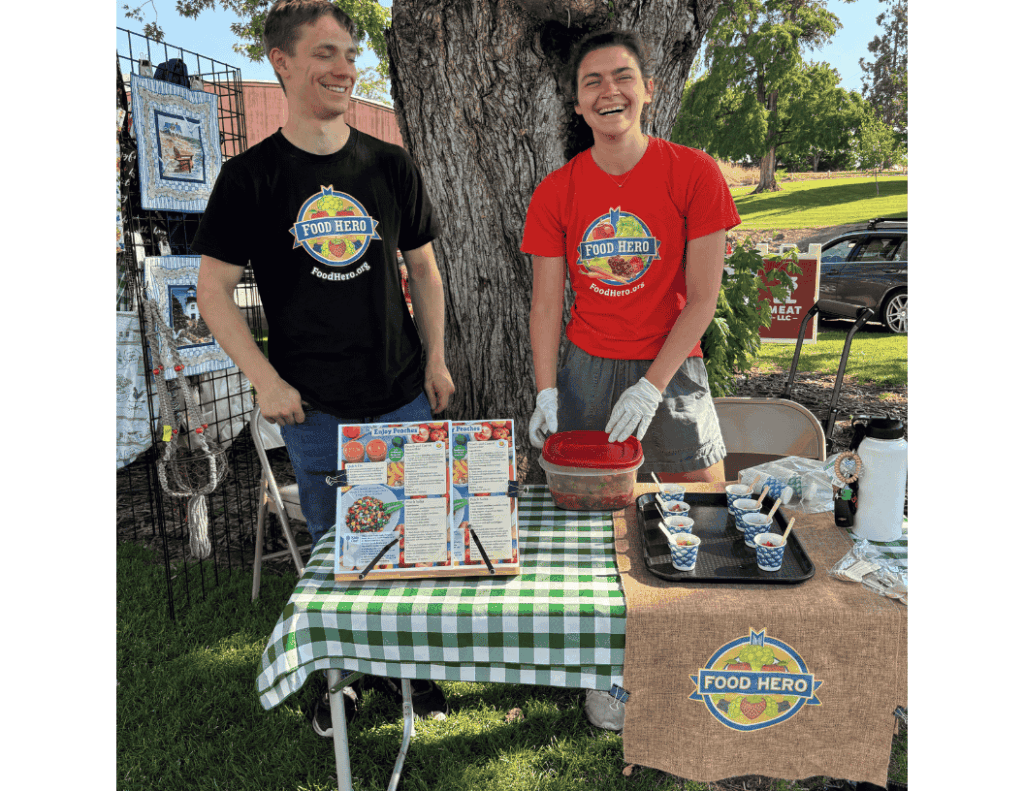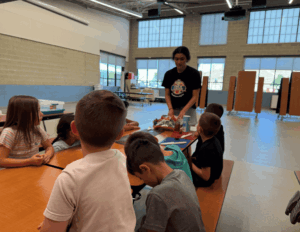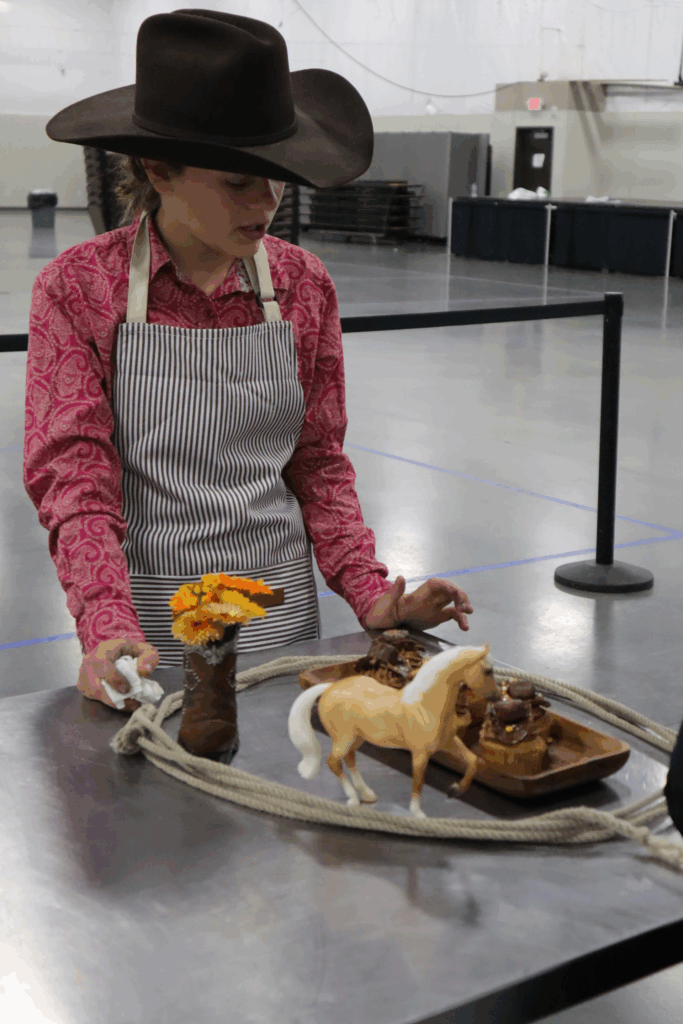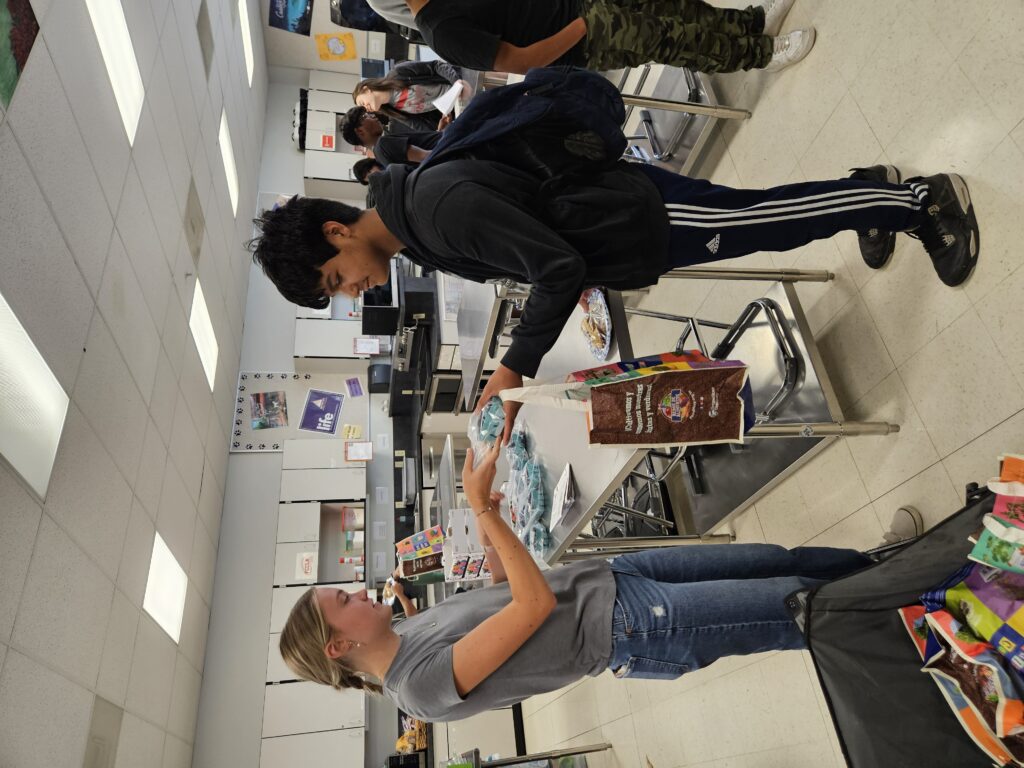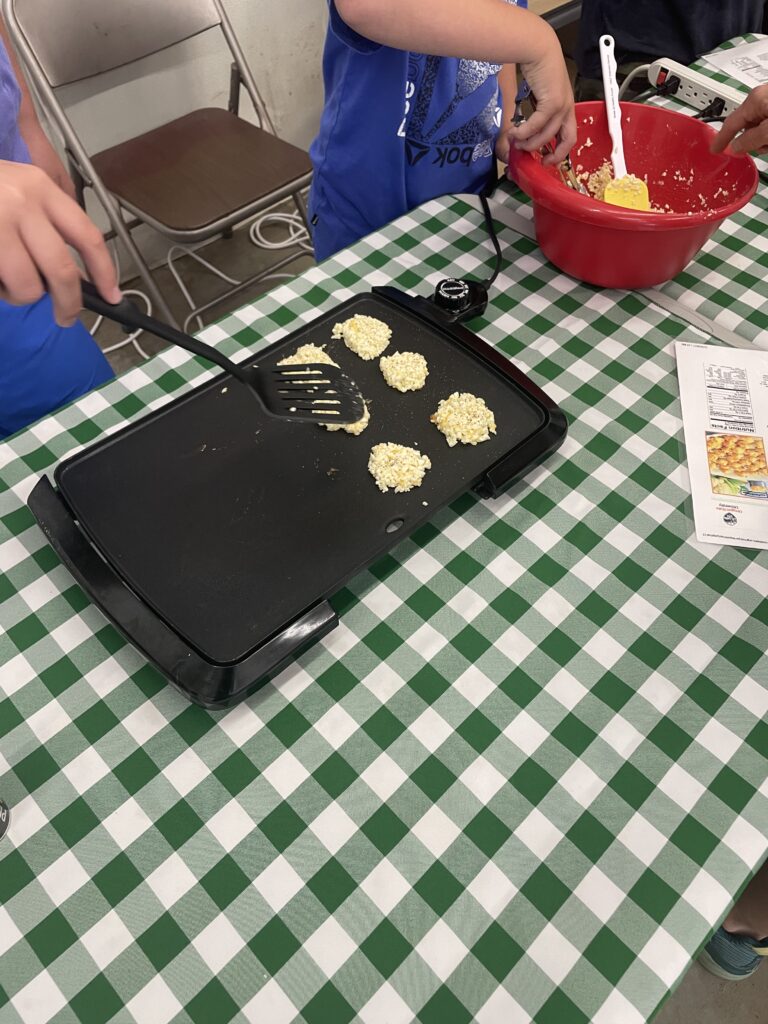Hi again! For those of you I missed last time around, my name is Riley Hampton. This is my
second summer working with the Oregon State University Extension Internship Program. This
summer, I have had the opportunity to work with Umatilla County 4-H!

This summer has been a fun, but busy one. Two weeks ago, Umatilla County 4-H participated in
the Umatilla County Fair, where youth participated in many activities and contests all week long.
From Food Preservation to Dairy Showmanship, 4-H members exhibited their skills, knowledge
and sportsmanship all fair long.
One new contest this year was dedicated to our youngest members of 4-H. Cloverbud Show and
Tell debuted this year, allowing 4-Hers from the ages of 5-8 to bring in their pets (anything from
turkeys to hamsters) and show them off. The goal of Show and Tell was to teach Cloverbuds the
care and attention it takes to bring an animal to the fair, as well as to get them started in the
world of Small Animal Showmanship. Well, I do hope Cloverbud Show and Tell lived up to its
goals, especially considering I was the judge!
In all seriousness, this summer has been an amazing experience. I learned so much, met tons of
new 4-Hers and worked beside some of the best people all summer long. I’d like to thank my
supervisor, Shauna Newman. This is her last year with 4-H, and she has been absolutely
amazing. I am so thankful for this summer with Oregon State University Extension so far, and so
excited for the rest of the summer to come.
